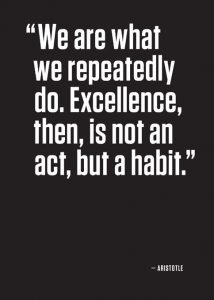Season Three B, Episode One. Podcast recap! (And if you missed the podcast, you can find it here.)
Podcast Recap: Season 3b, Episode 1
In this week’s podcast recap we focus on helping managers navigate the tricky business of guiding their employees as they plan their careers. There’s a fine line between helping them and doing it all for them, and the first question is:
How much do I need to do?
Many managers ask us: “What’s my role in my employee’s career plan?” In our experience, the employee is 100% accountable for determining their goals, and the manager is responsible for helping them analyze and address the gaps or steps that are needed to get them to those goals.
Of course many people really struggle with telling you what their goals are, so there is a role for manager in helping them figure that out.
You’ve likely got some combination of employees in the following categories:
- “AAA Keeners”: These are your superstar employees who always go above and beyond. They ask for extra experience, and they gobble up opportunities like leftover stuffing at Thanksgiving. They just know what to do and how to play the game. While this category might seem easy, they can also be tough to help.
- Great Performers who are “Tentative”: These are great performers who seem to need a little extra boost. They may be a bit more hesitant to throw their name into the hat. They may even turn down opportunities because they think they aren’t ready (even if you think they are.)
- “Arm Crossers”: This cadre is a bit…..difficult to say the least. They expect promotions, assistance, guidance, mentoring, job shadowing…you name it. Unfortunately they’d like to be sitting back enjoying a coffee while you do all the legwork to get them there. You are the manager after all. It’s your JOB to promote them.

For all three types, the manager’s role in career planning starts out with asking questions and coaching people to come to their own conclusions.
Examples of Questions to Ask:
- What are your goals?
- What are you looking for?
- What work are you doing right now that makes you happy?
- When have you received great feedback on something you did?
- What one thing that you did this {year, quarter, month} brought you joy?
- What have you done that you have really enjoyed (inside or outside of work?)
- What work are you doing right now that frustrates you?
- What skillsets are you great at?
- How would you rank yourself on those skills on a scale of 1-10?
- For those skills that aren’t a 10, what do you need in order to get to a 10?
Your keeners and your tenantive performers will likely do well in this type of coaching. Your Arm Crossers, on the other hand, may push back and demand that the manager do the work for them. Or say “I dunno”.
Ruth and Nicole came to a “Both And” approach, with Nicole jumping to some “solution-ing” and Ruth advising you to put the power to change on the employee’s shoulders. At some point, after all, the ball has to be in their court.
Either way you want to try to reach the arm crossers and hope that you can either get them re-engaged in the work or engaged in work elsewhere that brings them joy.

When to have these conversations?
For new employees, this is something you’d want to start talking about during on-boarding or during a 30-day check-in. For existing employees this should be a purposeful meeting once or twice a year (OUTSIDE of 1:1’s, Performance Management etc.). It’s important to give this type of conversation a special time and place to make sure that it has impact.
Take some time with your team and help people think about “what they like to do” to help them really start reaching for their dream job.
Until Next Time,
Nicole



 On Season 3 of the podcast we are tackling managing your own career, and our first discussion revolves around the question, “Should I stay, or should I go?”
On Season 3 of the podcast we are tackling managing your own career, and our first discussion revolves around the question, “Should I stay, or should I go?”

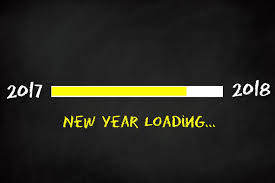


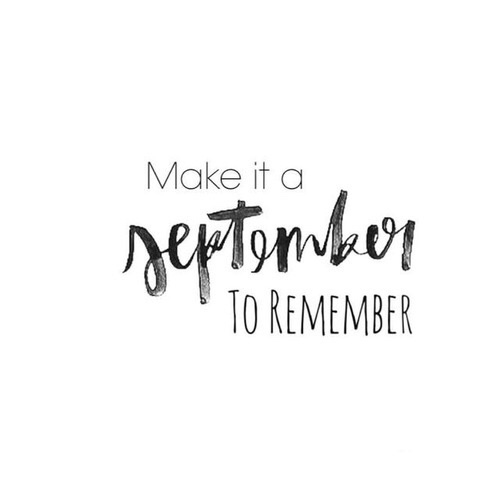

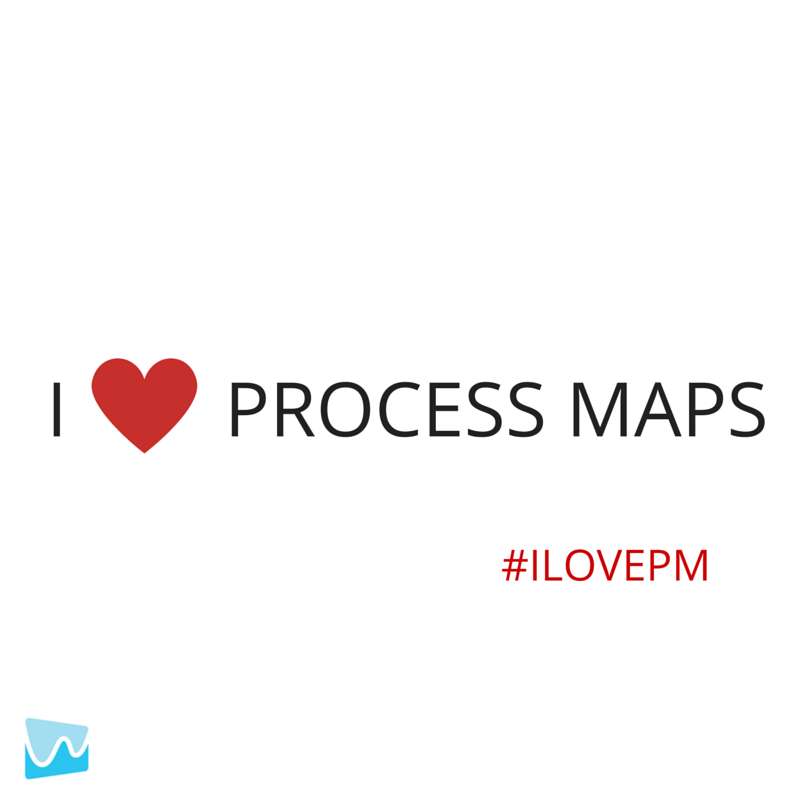

 3 Signs You Need Process Mapping STAT!
3 Signs You Need Process Mapping STAT!


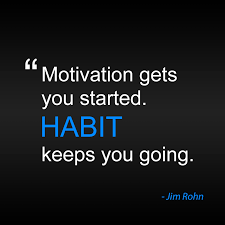
 We lost our trigger….
We lost our trigger….